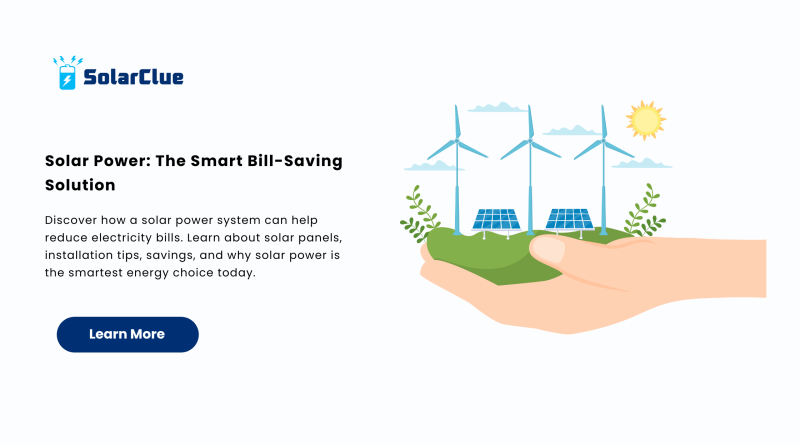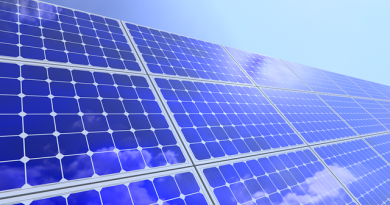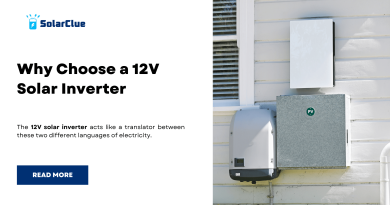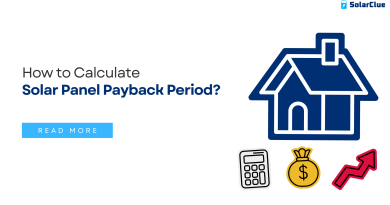Solar Power: The Smart Bill-Saving Solution
Are you tired of sky-high electricity bills? You’re not alone. With rising energy costs, more homeowners and businesses are turning to solar power as a smart, sustainable, and cost-effective solution. Whether you’re living in a bustling city or a quiet rural town, installing a solar power system can significantly reduce your monthly expenses while contributing to a greener planet. In this blog, we’ll break down how solar energy works, how much you can save, and why switching to solar panels is a future-forward decision.
Table of Contents
What Is Solar Power and How Does It Work?
Solar power is the energy harnessed from sunlight using solar panels. These panels contain photovoltaic (PV) cells that convert sunlight into direct current (DC) electricity. An inverter then changes it to alternating current (AC), which is used to power your appliances, lights, fans, and more.
The solar power system can be either grid-tied (connected to the electricity grid) or off-grid (completely independent). In India, grid-tied systems are more popular as they allow for net metering, which means you can send excess electricity back to the grid and earn credits on your electricity bill.
Why Solar Power Is the Smartest Bill-Saving Solution
1. Drastic Reduction in Electricity Bills
One of the biggest advantages of installing a solar power system is the reduction in electricity costs. Depending on your location, energy usage, and system size, you could save 50–90% on your power bills. Over 25 years, this could mean savings of ₹10–15 lakhs or more for a typical household.
2. Government Subsidies and Incentives
The Indian government offers subsidies through the MNRE (Ministry of New and Renewable Energy) for residential rooftop solar installations. These can reduce your upfront cost by up to 40%. Additionally, several states offer extra incentives and easier net metering approvals.
3. Quick Payback and Long-Term Benefits
Most solar power systems pay for themselves within 5–7 years. After that, you’re generating nearly free electricity for the rest of the system’s 25+ year lifespan. It’s a long-term investment that continues to pay you back every month.
Components of a Solar Power System
To understand the investment, let’s break down the parts of a solar power system:
1. Solar Panels
These are the most visible component. They capture sunlight and are rated by wattage. High-efficiency solar panels provide more output per square foot.
2. Inverter
Converts DC electricity from the panels into usable AC power.
3. Mounting Structure
This supports the solar panels, typically on your rooftop, ensuring correct angle and direction for maximum sunlight exposure.
4. Battery (Optional)
Stores excess electricity for use during power cuts or at night. More common in off-grid or hybrid systems.
5. Net Meter
Tracks electricity flow between your home and the grid for billing and credit purposes.
How Much Can You Save with Solar Power?
The savings depend on your energy consumption, system size, and location. Here’s a basic estimate:
| System Size | Avg. Monthly Savings | Yearly Savings | 25-Year Savings |
|---|---|---|---|
| 3 kW | ₹3,000 – ₹4,000 | ₹36,000 – ₹48,000 | ₹9 – ₹12 Lakhs |
| 5 kW | ₹5,000 – ₹6,500 | ₹60,000 – ₹78,000 | ₹15 – ₹19.5 Lakhs |
| 10 kW | ₹10,000 – ₹12,000 | ₹1.2 – ₹1.44 Lakhs | ₹30 – ₹36 Lakhs |
Things to Consider Before Installing Solar Panels
1. Roof Suitability
Make sure your rooftop has enough space and receives sufficient sunlight. South-facing roofs are best in India.
2. Energy Needs
Calculate your average monthly consumption to determine the size of your solar power system.
3. Budget and ROI
Although the initial investment can seem high, subsidies and long-term savings make it worthwhile. Use ROI calculators or consult experts.
4. Professional Installation
Choose experienced and certified installers to ensure safety, efficiency, and warranty compliance.
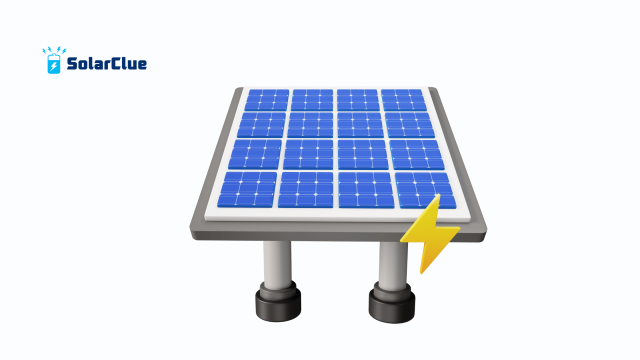
Common Myths About Solar Power
Myth 1: Solar Panels Don’t Work on Cloudy Days
Fact: Solar panels still generate electricity on cloudy days, just at reduced efficiency.
Myth 2: Solar Is Too Expensive
Fact: With falling prices and government subsidies, solar is more affordable than ever.
Myth 3: Maintenance Is Difficult
Fact: Solar panels require minimal maintenance—just occasional cleaning and annual inspection.
Environmental and Social Impact
Switching to solar power helps reduce your carbon footprint, conserves natural resources, and promotes energy independence. For every 1kW installed, you prevent about 1.5 tons of CO2 emissions annually.
You also become a part of a growing movement toward sustainable living. As more individuals and businesses adopt solar, we collectively reduce dependency on fossil fuels.
FAQs
1. How long do solar panels last?
Most solar panels come with a 25-year performance warranty and can last even longer with proper care.
2. Can I run an AC or refrigerator on solar power?
Yes, a properly sized solar power system can run all major appliances, including air conditioners.
3. What is net metering?
Net metering allows you to send excess electricity to the grid and receive credits, reducing your electricity bill.
4. How much space do I need for solar panels?
On average, a 1kW system requires about 100 sq. ft. of shadow-free roof space.
5. Is battery storage necessary?
Not for grid-tied systems. Batteries are optional unless you need backup during power outages.
By now, it’s clear that solar power is not just an eco-friendly option—it’s a financially smart one too. Whether you want to save on your monthly electricity bills or invest in a greener future, a solar power system is your answer. For personalized assistance, product options, and expert advice, visit solarclue.com or explore our insights on blog.solarclue.com—your journey to smarter energy starts here.

